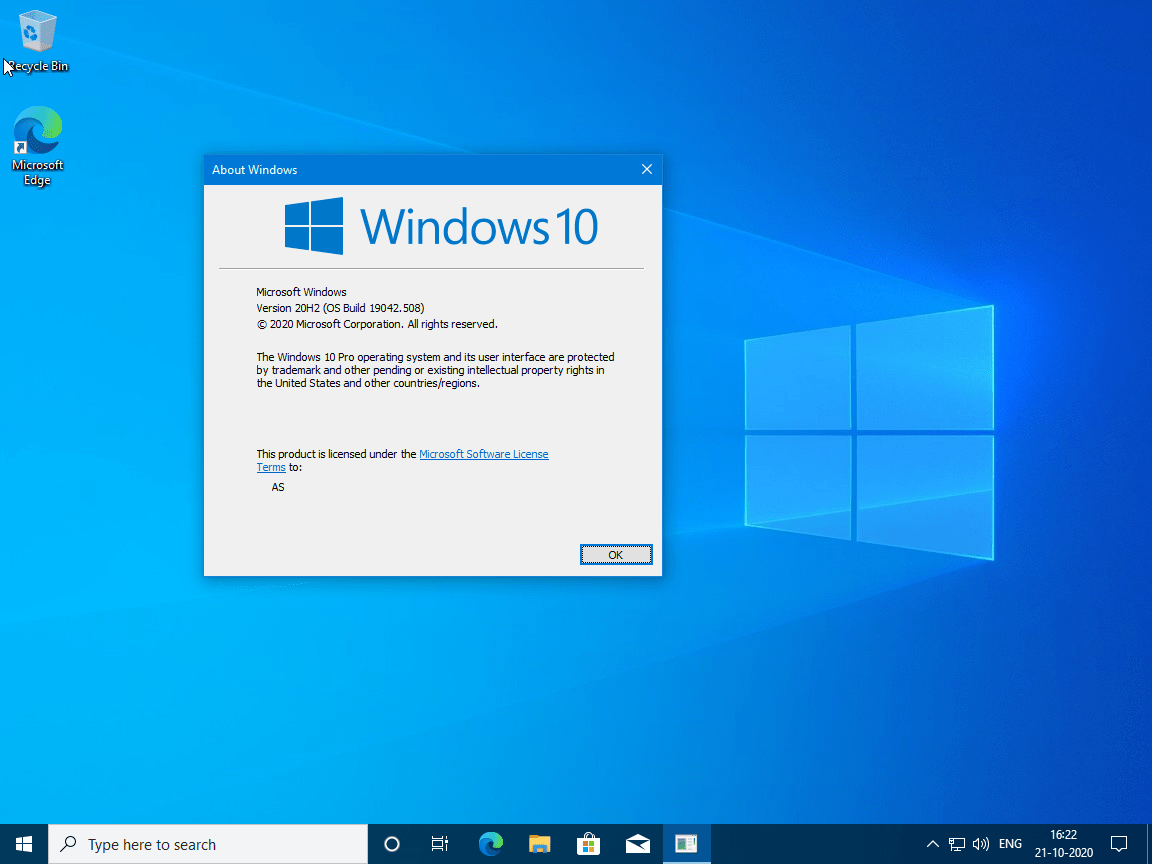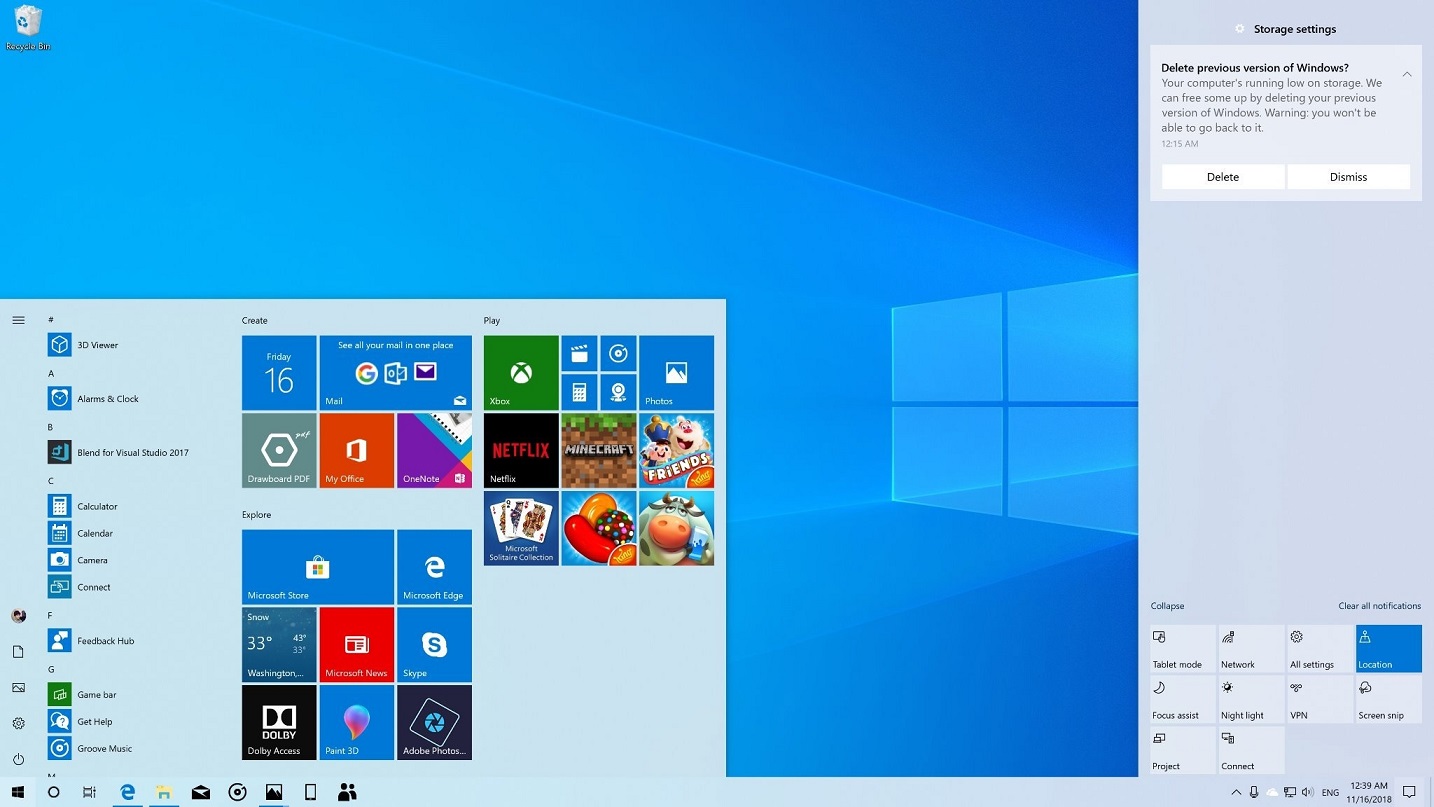
Windows Server for Itanium-based Systems.Windows XP Media Center Edition 2005 Update Rollup 2.Since Windows XP, multiple further versions of Windows have been released, the most recent of which is Windows 11. These two lines were reunited into a single line with the NT-based Windows XP this Windows release succeeded both Windows Me and Windows 2000 and had separate editions for consumer and professional use. However, Windows 3.1 had two separate successors, splitting the Windows line in two: the consumer-focused " Windows 9x" line, consisting of Windows 95, Windows 98, and Windows Me and the professional Windows NT line, comprising Windows NT 3.1, Windows NT 3.5, Windows NT 3.51, Windows NT 4.0, and Windows 2000. The first five versions of Windows– Windows 1.0, Windows 2.0, Windows 2.1, Windows 3.0, and Windows 3.1–were all based on MS-DOS, and were aimed at both consumers and businesses. In the following years, several further variants of Windows would be released: Windows CE in 1996 for embedded systems Pocket PC in 2000 (renamed to Windows Mobile in 2003 and Windows Phone in 2010) for personal digital assistants and, later, smartphones Windows Holographic in 2016 for AR/VR headsets and several other editions.Ī "personal computer" version of Windows is considered to be a version that end-users or OEMs can install on personal computers, including desktop computers, laptops, and workstations.

The initial version was followed by several subsequent releases, and by the early 1990s, the Windows line had split into two separate lines of releases: Windows 9x for consumers and Windows NT for businesses and enterprises. It was first launched in 1985 as a graphical operating system built on MS-DOS. Microsoft Windows is a computer operating system developed by Microsoft.



Timeline showing releases of Windows for personal computers and servers


 0 kommentar(er)
0 kommentar(er)
